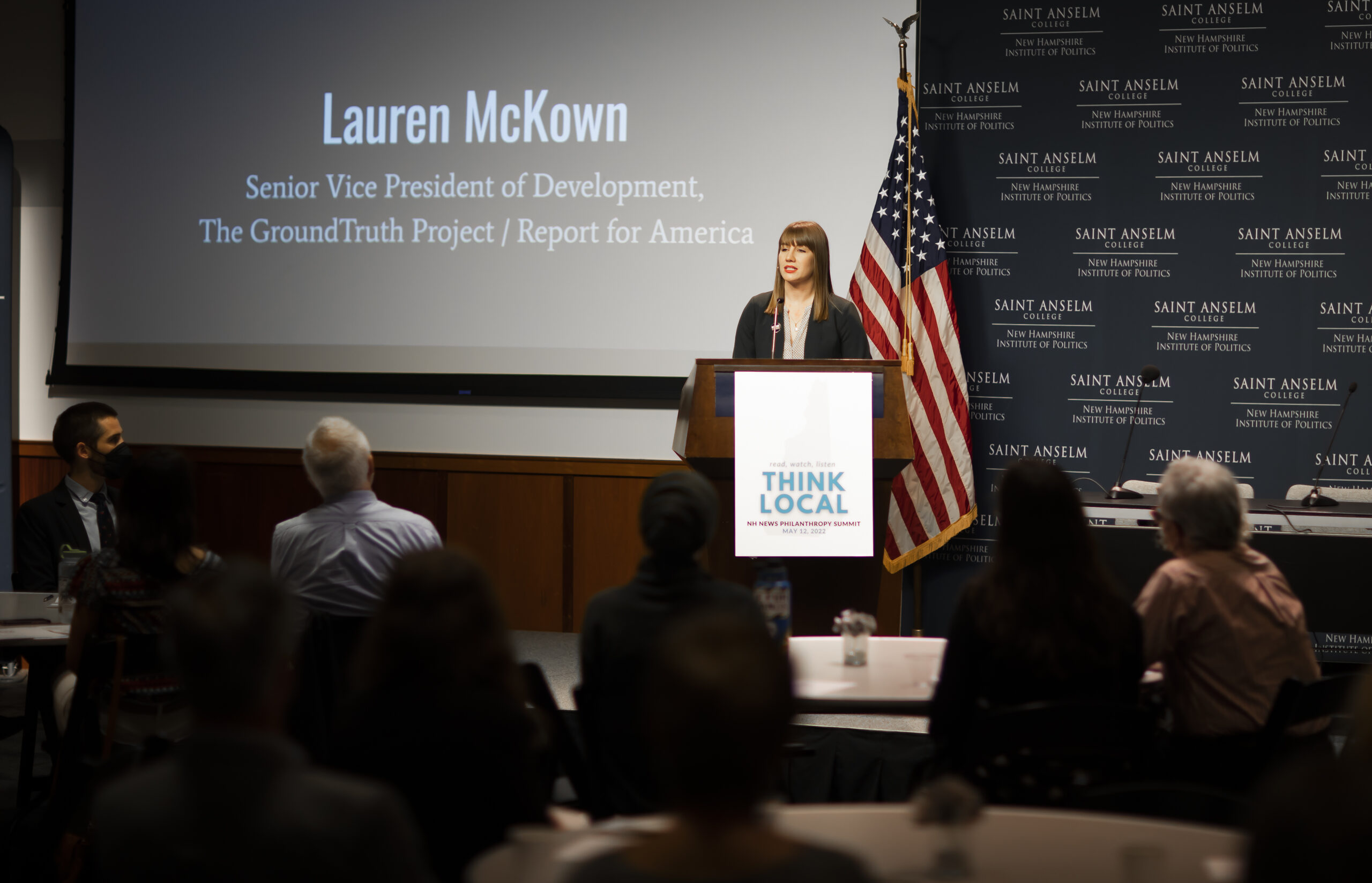

According to studies cited by Lauren McKown at Report for America, which provides funding for reporters to tackle pressing issues and missing areas of local coverage: Just 17 percent of what’s in a local newspaper is local news – the rest is wire and national reports. Roughly 36,000 reporters were let go during COVID-19, and hardest hit were outlets in rural communities and communities of color.
Related Story: Amid crisis and collaboration, a plan to sustain local news emerges
When a local news provider closes, community voting rates tumble, surveys show. The number of candidates running for office also declines. Municipal bond ratings drop and communities pay higher rates to borrow money for municipal projects. Immunization and testing rates slide lower. These findings come from academic, political and news industry journals, including sources such as Columbia Journalism Review and the Shorenstein Center on Media, Politics and Public Policy at Harvard Kennedy School.
“No one wants to invest in a community when there’s no one watching the store,” said McKown. “It’s critical to have news at the local level. It’s not about saving local news outlets.” It’s about saving the connections that news fosters, and widely distributing information critical to policy, spending, health, education, equity, justice and understanding of climate change. “It’s about being able to access and connect communities to find solutions together,” said McKown.
“Without trustworthy information, communities get sick just as when they don’t have clean air or water or good food to eat,” said James Schacter, CEO of New Hampshire Public Radio, which has traditionally relied on fundraising to sustain its operations and expand its programming. “We almost have to have a public (statement) making the case for the critical role that journalism plays,” Schecter said.
According to Impact Tracker for the Center for investigative Reporting and The Hechinger Report, the impact of local journalism can be measured in various ways, including by public officials responding to a story, series or event; the impact on a source in a story; the allocation of government funds to address a problem; institutions taking action, such a creating a task force, position or department; public policy changes; new laws proposed or passed; a change in tone or quality of public discourse around an issue or in a community; greater civic participation; exchange of knowledge between subject experts and service groups and organizations; the formation of collaborations and networks between community players; trustworthy, in-depth content that can be used in trainings or presentations on a topic or issue; journalism awards and recognitions; and increased audience engagement, including through social media.
Surveys show that while readers have lost faith in national media, trust and interest in local news remains strong, said McKown.
According to a 2021 Pew study, about six-in-ten U.S. adults (58 percent) say they have at least some trust in the information that comes from national news organizations. That same study found that more Americans tend to have greater trust in local news organizations, with 75 percent saying they still have at least some trust in the information that comes from local news organizations.
 This article was shared by The Granite State News Collaborative. For more information visit collaborativenh.org.
This article was shared by The Granite State News Collaborative. For more information visit collaborativenh.org.







